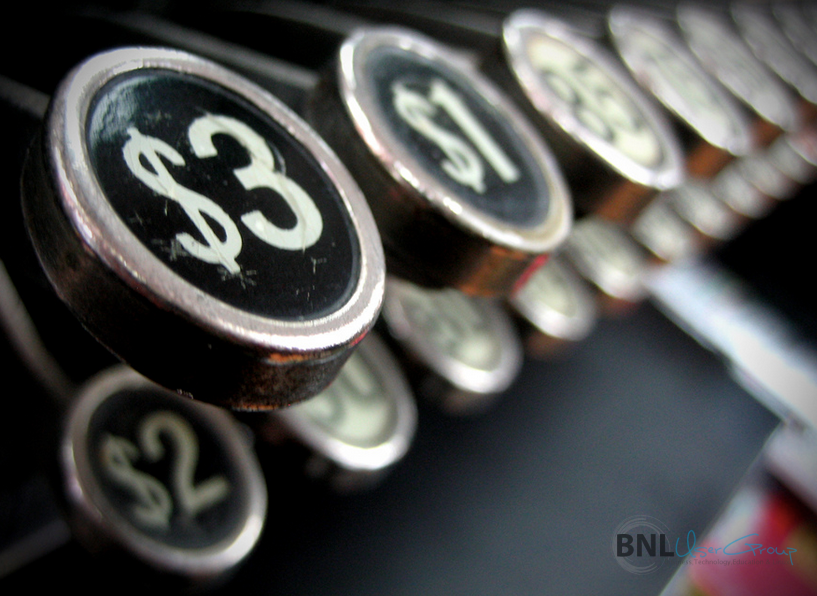Buying a house? Get a mortgage, naturally. Funding tuition? Take out a student loan, of course. Owe the IRS? Heading to an auction? Need cash to help a friend? These and other miscellaneous needs may be best met with a personal loan. Here’s what you need to know.
What sets personal loans apart?
The defining feature of personal loans is that they are not secured by any collateral. Nothing of yours — your house, your car or your Great Dane — can be taken away if you default on a personal loan. Personal loans are backed only by your promise to pay. For this reason, they are also called “unsecured loans,” “good faith loans” or “signature loans.”
How do personal loans work?
Like most kinds of financing, personal loans require an application and approval. The lender distributes money and the borrower repays the loan over time. Loan terms depend on the lender’s policies and on the applicant’s desirability as a borrower. Personal loans require a credit check – they are NOT short-term loans, title loans, cash advances or payday loans.
Easy application
Requesting a personal loan is less complicated than applying for a mortgage or home equity loan, but more complicated than buying music on iTunes. An underwriter analyzes the applicant’s credit to verify that he or she can be relied on to repay the debt. The underwriter evaluates income to determine that it’s adequate and stable.
Shorter terms
Personal loans are typically offered with terms ranging from one to five years. Shorter terms mean less risk for lenders, and lower interest expense for borrowers. However, some lenders do offer personal loans with terms of seven years or longer. Underwriting is likely to be more severe and interest rates, especially fixed interest rates, are likely to be higher. For eligible consumers who need more time to repay a balance (oops), personal loans can be refinanced.
Amortizing loans
Most personal loans are fully-amortizing, which means part of each payment goes toward interest and the rest is used to reduce the principal. At the end of the loan term, if all payments have been made as agreed, the balance should be zero. With fixed-rate loans, the interest rate and payment do not change throughout the loan’s term. With variable rate loans, the interest rate and payment can fluctuate.
Lines of credit
Some personal loans are revolving lines of credit and function somewhat like credit cards. Borrowers draw on credit lines as needed. Monthly payments are based on the loan balance and the interest rate, which is variable. Personal lines of credit offer a bit more flexibility, but budgeting for payments can be more difficult – if you’ve got the fiscal prudence of your average mall rat, you may want to avoid this product.
Higher rates and credit scores
Because they are riskier to lenders than loans secured by cars or homes, personal loans in general carry higher interest rates (although they are typically lower than rates for credit cards). In addition, minimum credit scores can be quite high – over 750 for many programs. When the advertised product is a “personal” or “unsecured” loan with “no credit check” or “bad credit okay,” (cue the Jaws theme) the loan being offered is most likely a payday loan, cash advance or title loan – NOT a personal loan.
Advantages of personal loans
If you need money fast, you might not want to mindlessly plop a cash advance on your credit card or liquidate a certificate of deposit, unless your hobby is making paper airplanes out of dollar bills and sailing them out windows. Personal loans can be the best choice for a number of people:
- Consumers who don’t own homes
- Homeowners without sufficient home equity to borrow against
- People who need money fast
- Those with illiquid accounts
It can be easier to apply for a personal loan than to sell assets to get the money you need (especially if you’re trying to Craigslist a baseball card collection or unload a motorcycle that “used to work”). If your options are prematurely withdrawing from a retirement account (taxes and penalties, ouch) or taking out a personal loan, the personal loan is likely to be less costly. Unlike credit cards, fixed personal loans come with interest rates that don’t change, and being late on a payment will not cause your rate to increase. If you experience a financial catastrophe down the road, a personal loan can be discharged in a Chapter 7 bankruptcy, unlike secured loans or government-backed student loans.
Disadvantages of personal loans
Personal loans carry significantly higher interest rates than mortgages or auto loans because the lender has little recourse if you default – there is no car to repossess or house to foreclose on. In addition, lenders that make personal loans are likely to impose rather strict underwriting standards. If you’re thin-skinned and only borderline-awesome, being declined by a few lenders might make you cry.
Where do you find personal loans?
Personal loans are offered by all sorts of lenders – banks, credit unions, finance companies, etc. Terms can vary widely — unlike mortgages, there is no standard, “conforming” product with the same application and guidelines for everyone. Rates can vary wildly – a quick online search in October 2013 turned up personal loan rates ranging from under ten percent to over 240 percent!
So do your homework – only you can determine if the personal loan you get is good, bad or ugly.
Author Bio: Gina Pogol spent over a decade in mortgage lending, originating, processing and underwriting home loans. She has written about mortgage and finance issues for a number of publishers since 2006. Currently a senior marketing manager with Lending Tree, Gina advocates for consumers and loves answering their mortgage and personal finance questions.

